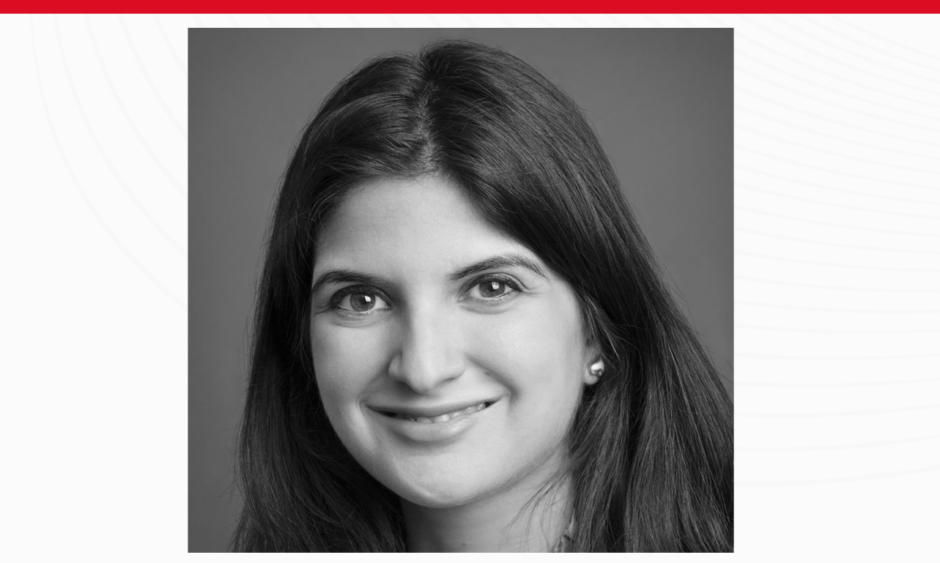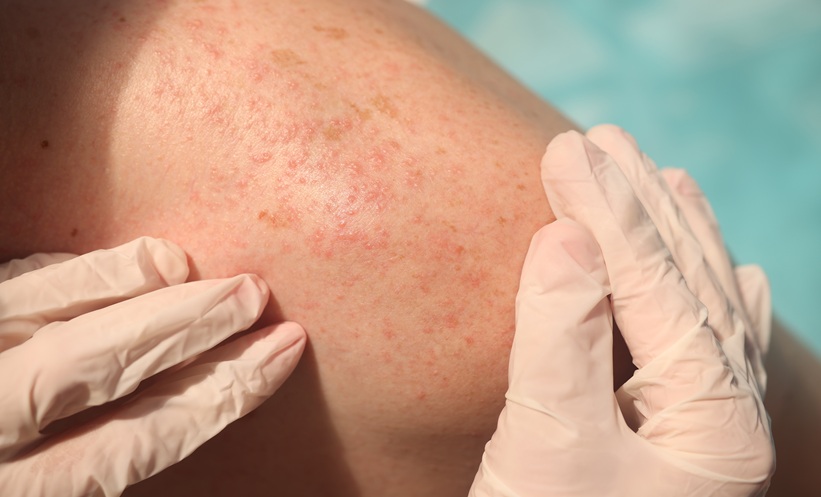Roxana Daneshjou, Clinical Scholar of Dermatology, Stanford University, California, USA
Following your medical studies at Stanford University, California, USA, what sparked your interest in the field of dermatology?
I became interested in dermatology after spending time working with dermatologist physician scientists at Stanford. I saw how clinical practice led to new and interesting scientific questions and how scientific breakthroughs led to improvement in clinical practice. As a student, I also saw the kind of lasting relationships that our dermatologists built with their patients, which is something I really value. I feel lucky to have the opportunity to do the same as a practicing dermatologist now.
How has the field of dermatology been impacted by the COVID-19 pandemic?
In places where COVID-19 overwhelmed the healthcare system, dermatologists stepped up to help out on the front lines. In outpatient dermatology, we had a sudden increase in telemedicine, since in-person visits were reduced. After vaccinations, in-person visits have increased, but many patients and physicians also continue to rely on telemedicine. I believe telemedicine will remain an integral part of dermatological practice, and it has the added benefit of increasing access for patients who might not live near a dermatologist.
Clinically, dermatology has encountered and defined new clinical entities during the pandemic, such as the cutaneous manifestations of COVID-19. I have seen these findings in my own practice and am grateful to the leadership of clinician researchers who have helped to describe these findings and their expected course.
You have contributed to numerous publications based around the topic of artificial intelligence (AI). How do you believe the use of AI could advance the field of dermatology?
AI and dermatologists working synergistically (‘augmented intelligence’) has the potential to improve workflows and clinical care. A study by Tschandl et al.1 found that clinicians paired with AI performed better than either clinicians or AI alone in classifying benign versus malignant dermoscopic lesions. While this was a narrow task, this study demonstrated how AI might be leveraged in the future, with validated AI applications providing decision support to expert clinicians. Naturally, any decision-support algorithm would have to be thoroughly vetted for unbiased and generalisable behaviour through clinical trials prior to deployment. We could also utilise AI to improve our workflows. For example, we have been developing an algorithm for detecting poor quality telemedicine photos. The algorithm provides real-time patient feedback to reduce the number of blurry or poorly lit photos that get submitted for telemedicine visits.
Are there any risks associated with the introduction of AI into this discipline?
We must be careful about how we describe algorithm performance in research and in the medicine. For example, many algorithms claiming performance on par or better than a board-certified dermatologist are actually performing a narrow task that does not represent the real-world clinical workflow. Currently, there are no U.S. Food and Drug Association (FDA) approved AI algorithms or algorithms capable of replacing a dermatologist’s expertise.
Moreover, we must thoroughly vet algorithms for bias. For example, most published AI algorithms in dermatology have been developed on lighter skin tones, which raises concerns for biased performance across diverse skin tones. We must ensure that AI algorithms are developed in such a way that they alleviate disparities rather than exacerbate them.
Have you found that the public are generally receptive to new technology, or do you occasionally experience resistance?
I believe the public is generally receptive to technology. In medicine, it is important for us to explain the limitations of any new technology we are using. For example, if I am conducting a telemedicine visit, and I’m not sure about a lesion, I will explain the limitations of making an assessment based on a photo or over video.
There are consumer-facing AI algorithms that claim to detect melanomas; however, research has shown that these algorithms have a drop in performance in real-world settings. Based on the most current data, I caution patients against using these kinds of consumer-facing applications and to seek a physician if they have a concern about a lesion.
How have you acquired the leadership skills to carry out your role as Chair of the Paul and Daisy Soros Fellowship for New Americans (PDSFA) Alumni Organisation, New York, USA?
I am grateful to the mentors and role models around me who have demonstrated the qualities of an effective leader. The leaders I admire most are those who empower those around them. During medical school, graduate school, and residency, I personally benefited from mentors who helped me to become the best version of myself by providing guidance and by putting their trust in me. This is the kind of mentor and leader I strive to be as my career unfolds.
With the PDSFA Alumni Organization, I have had the opportunity to work with other amazing New Americans who come from diverse disciplines such as medicine, law, engineering, and art. The Fellowship honours the contributions of immigrants and the children of immigrants by providing financial support for graduate and professional school. The Alumni Organization is a lifelong community that puts academic and social programming together, but also helps to organise efforts around common causes, such as helping immigrant communities.
You have undertaken roles involved in social media and have published several papers discussing the role of social media in modern medical education. How do you think social media impacts the field of dermatology and healthcare as a whole?
I acknowledge that social media has also been used for spreading misinformation, particularly during the COVID-19 pandemic. But, I also believe social media can be used by physicians to have a positive impact. For example, social media has been used as a tool for finding mentors. I’ve connected with senior faculty members at other institutions through social media and even written research papers with them.
At the same time, I have met medical students interested in dermatology, who I have worked with and mentored. Not all institutions have a home dermatology programme and social media allows students to connect with dermatology residents and faculties outside of their home institution.
Social media can also be used to disseminate and discuss the latest research. For example, during the pandemic, the #DermTwitter community regularly discussed the cutaneous findings associated with COVID-19 and the latest publications on the management of these findings.
I know getting started on social media can seem daunting. My colleagues and I wrote a primer for using Twitter, which was published earlier this year.2








